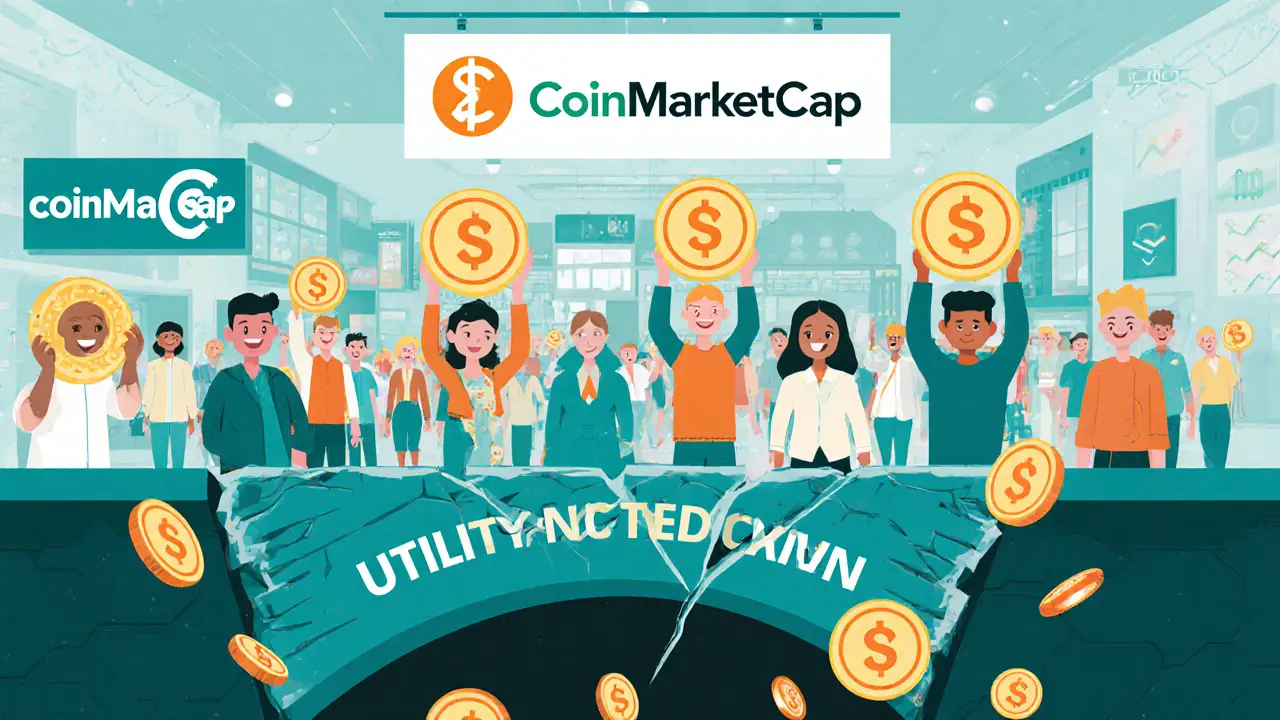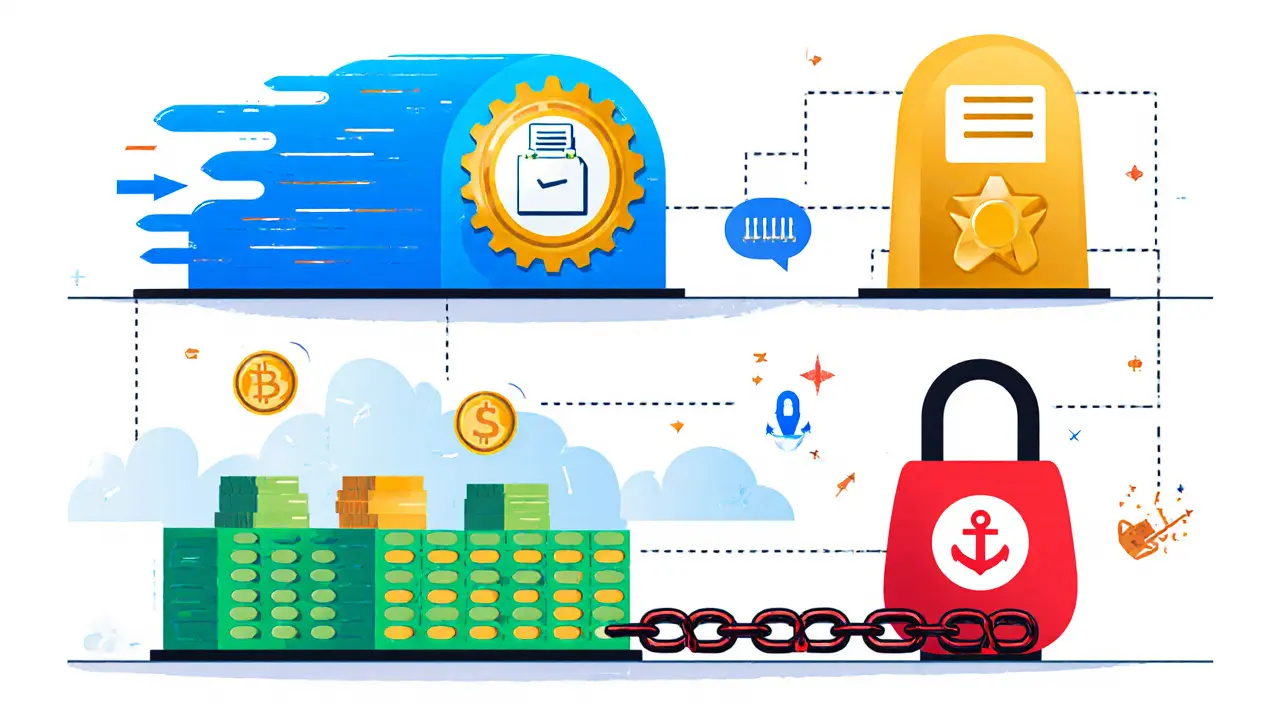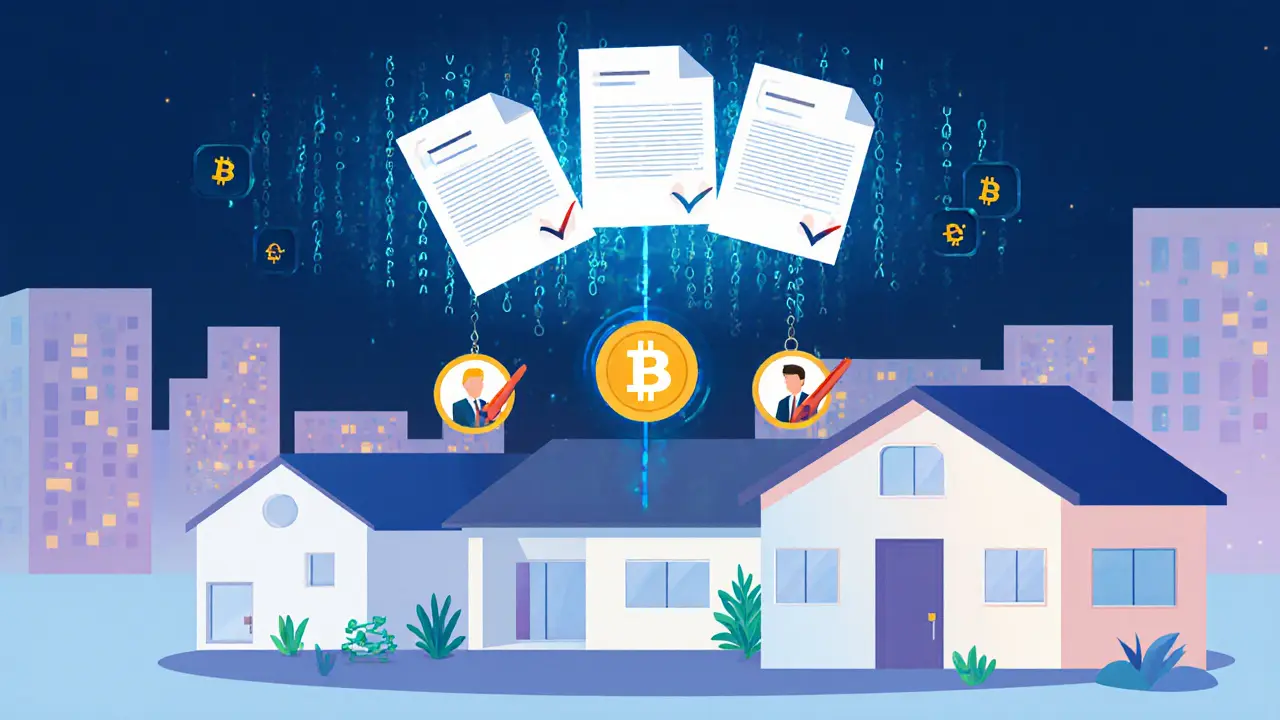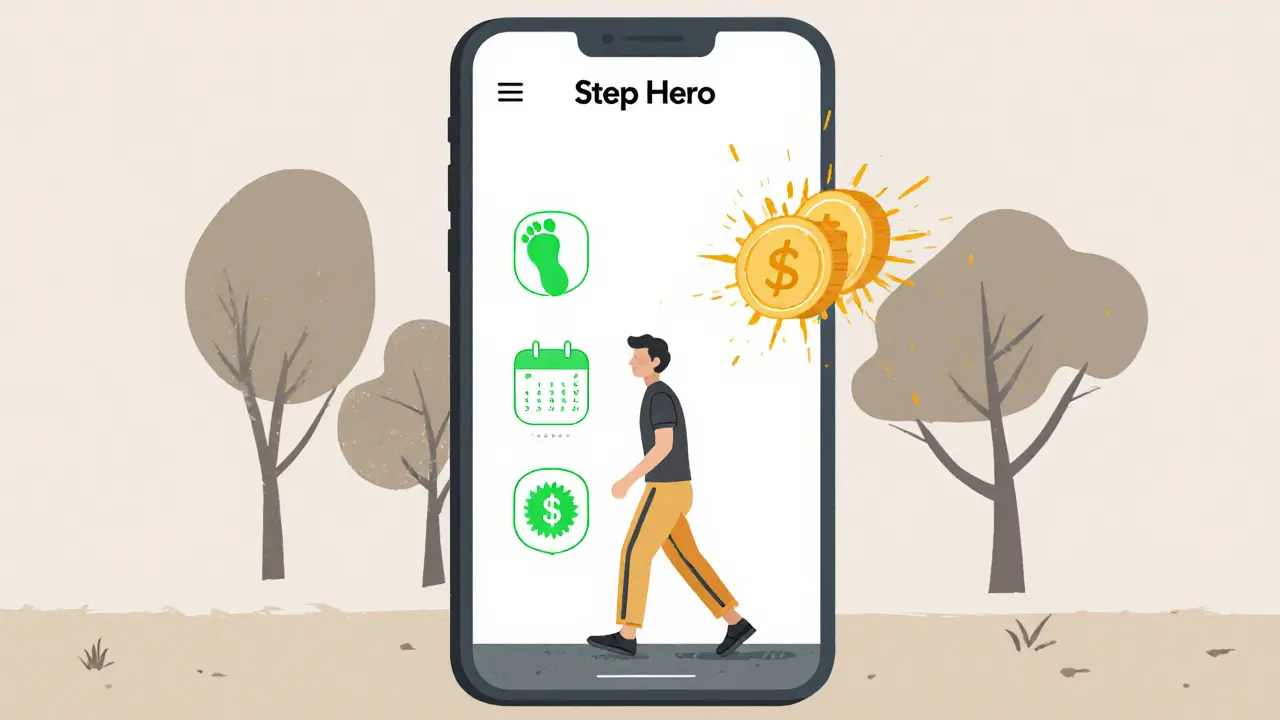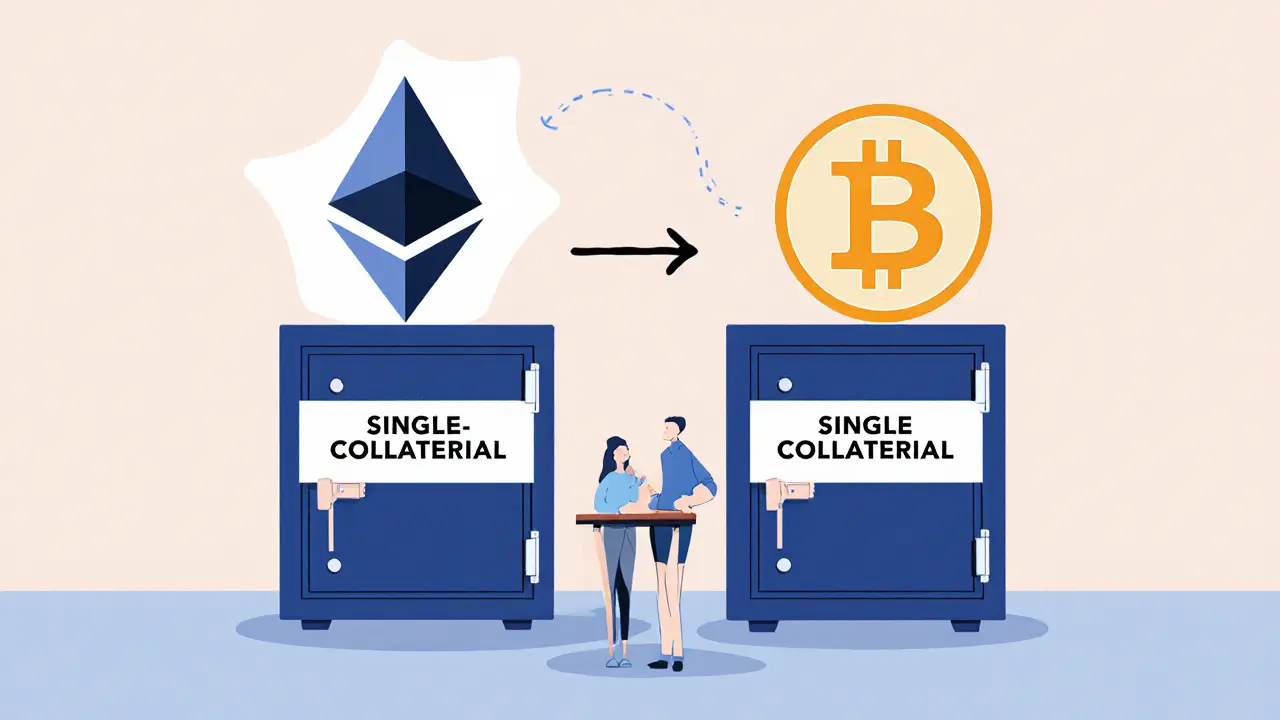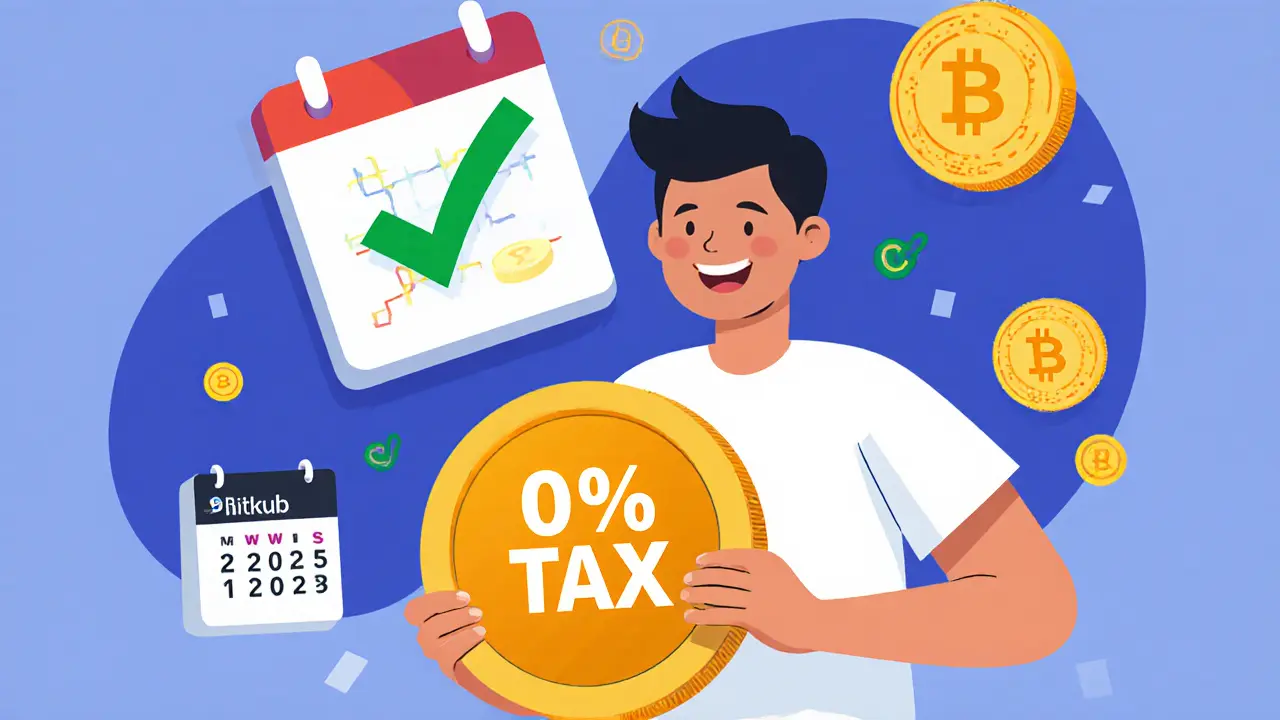March 2025 Crypto Trends on Social Coin Market Network
When you look at what happened in cryptocurrency, digital assets built on blockchain networks that enable peer-to-peer value transfer without banks. Also known as crypto, it became even more accessible in March 2025 as new users joined from regions with unstable local currencies. The airdrops, free token distributions given to wallet holders to incentivize network participation were everywhere—some legit, some sketchy. On Social Coin Market Network, we only listed ones with verifiable team identities, smart contract audits, and clear utility. No guessing games. You didn’t need to be a tech expert to spot the real ones.
The crypto exchanges, platforms where users buy, sell, and trade digital assets kept shifting. A few big names lowered fees. Others added new deposit methods like bank transfers in Southeast Asia and Latin America. Wallet integration improved too—MetaMask, Trust Wallet, and Phantom got smoother connections to spot markets. We tracked which exchanges actually delivered on speed and security, not just hype. If you traded in March, you saw the difference between platforms that listened to users and those that didn’t.
Blockchain technology kept moving behind the scenes. Not with flashy announcements, but with quiet upgrades: faster finality times, lower gas fees on Layer 2s, and more real-world use cases popping up in supply chain tracking and digital identity. These weren’t just developer updates—they meant everyday users could send money across borders in seconds, not days. The blockchain, a distributed digital ledger that records transactions securely and transparently wasn’t just a buzzword anymore. It was becoming infrastructure.
What you’ll find in this archive are the posts that cut through the noise. No fluff. No paid promotions. Just straight-up facts about which airdrops paid out, which exchanges had downtime, which wallets broke, and which coins actually gained traction. If you were trying to stay ahead without getting burned, this was your resource. The posts here don’t try to sell you anything. They just show you what happened—and why it mattered.
SMAK X CoinMarketCap Airdrop: What Happened and Why It Failed
The SMAK X CoinMarketCap airdrop in 2021 gave away $20,000 in tokens, but Smartlink's escrow platform never gained users. Today, SMAK is worth pennies with zero trading volume - a cautionary tale of hype vs. real product.
Details +Crypto Tax Evasion: 5 Years in Jail and $250,000 Fines
Crypto tax evasion can lead to 5 years in prison and $250,000 fines. The IRS now tracks every transaction with new reporting rules. Learn what you must report, how they catch you, and how to fix past mistakes.
Details +Future of Modular Blockchain Architecture: How Separated Layers Are Solving Crypto's Biggest Problems
Modular blockchain architecture splits blockchain functions into specialized layers to solve scalability and cost issues. Discover how Ethereum, Polkadot, and Celestia are leading this shift - and why it's the future of crypto.
Details +What is MATT (MATT) crypto coin? The truth behind the Pepe the Frog tribute token
MATT (MATT) is a meme coin created to honor artist Matt Furie and Pepe the Frog. It has no utility, low liquidity, and high risk. Learn what it really is - and why most experts say to avoid it.
Details +Smart Contract Use Cases Beyond Cryptocurrency
Smart contracts aren't just for crypto. They're automating real estate deals, paying farmers when it doesn't rain, letting neighbors trade solar power, and giving artists instant royalties - all without middlemen.
Details +UBEX Crypto Exchange Review: Is This Platform Safe or Just Another Ghost Project?
UBEX crypto exchange is a low-traffic iOS app with a nearly worthless token and zero user feedback. Despite its presence on the App Store, it lacks liquidity, regulation, and real adoption. Avoid it for serious trading.
Details +Why 20-27 Million Pakistanis Are Using Crypto Despite Government Restrictions
Despite government bans and banking restrictions, 20-27 million Pakistanis use cryptocurrency to bypass inflation, receive freelance payments, and protect their savings. Here's how and why it's working.
Details +Step Hero Campaign Airdrop: How to Participate and What You Need to Know
The Step Hero airdrop distributed 2,980 $HERO tokens to users who completed simple app tasks in 2025. Learn how it worked, who got tokens, why it was different, and why you can't claim them anymore.
Details +Multi-Collateral vs Single-Collateral Systems in DeFi: What You Need to Know
Multi-collateral and single-collateral systems are two ways DeFi protocols back stablecoins and loans. One lets you use many assets; the other uses just one. Here's how they differ, who uses what, and which one suits your needs.
Details +Cryptocurrency Tax in Thailand: What You Really Need to Know About the 15% Myth and the 5-Year Exemption
Thailand offers a 5-year crypto tax exemption until 2029 - but only for trades on licensed exchanges. The 15% tax you hear about applies to foreign companies, not locals. Know the rules to avoid costly mistakes.
Details +